The first topical Special Issue of Particle & Particle Systems Characterization – guest edited by Gleb Sukhorukov, Igor Luzinov, and Sergiy Minko.
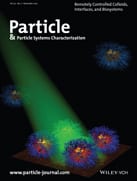

The first topical Special Issue of Particle & Particle Systems Characterization – guest edited by Gleb Sukhorukov, Igor Luzinov, and Sergiy Minko.
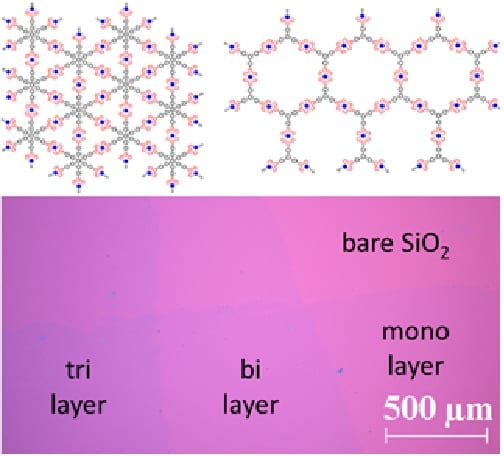
Free-standing organometallic sheets are prepared and used to create multilayer assemblies on square centimetre length scales on solid substrates.
Nanowires, solar cells, and silicene – these and more in September’s physics highlights.
$855,000 grant from will allow reseach team to develop 4D materials, which can exhibit behavior that changes over time.
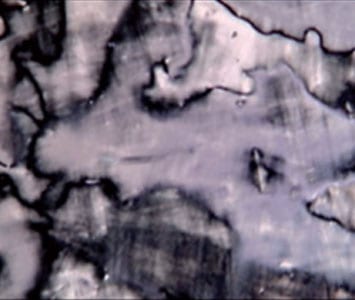
Nanotechnology tool may help in in detecting harmful gases, pathogens, or explosives.
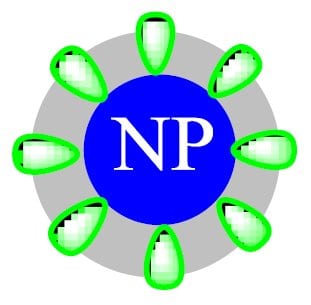
Experts from Michigan Technological University review the recent developments in molecularly imprinted nanoparticles by surface imprinting techniques.
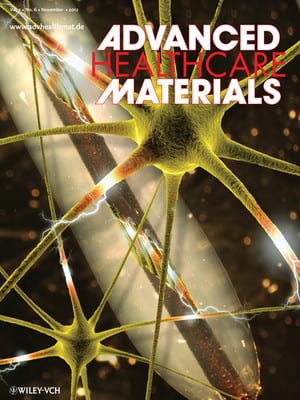
Chunhai Fan, Ali Khademhosseini, André Nel, Catherine Picart and Nicholas Peppas join the Editorial Advisory Board of Advanced Healthcare Materials.
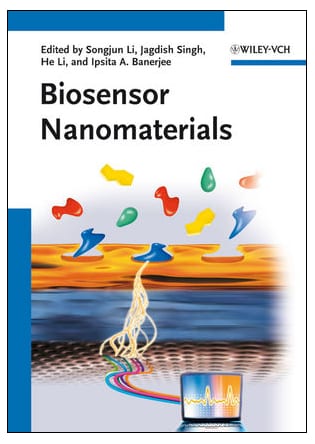
Biosensor nanomaterials, edited by Songjun Li, Jagdish Singh, He Li, and Ipsita A. Banerjee, reviewed by Professor Luisa Torsi from the University of Bari.
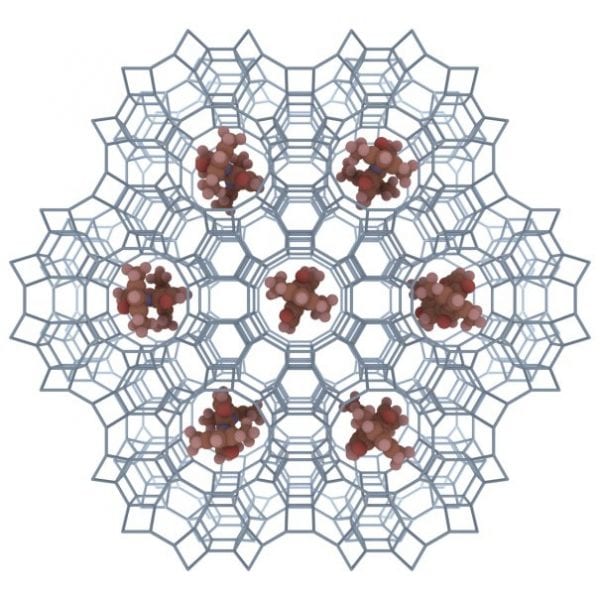
Researchers create perfect one-dimensional molecular wires in which the electrical conductivity can almost entirely be suppressed by a weak magnetic field
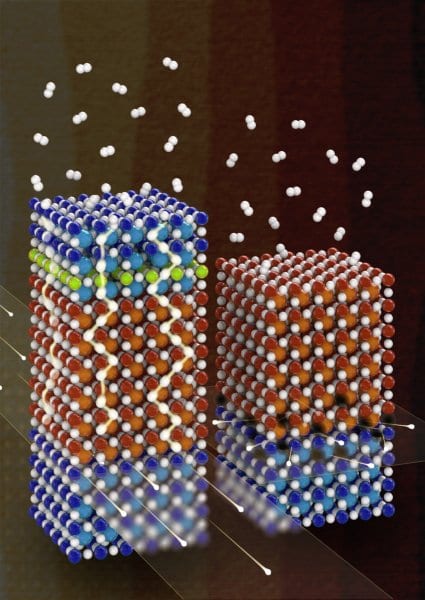
Electrical conductivity increased by as much as a factor of 50.